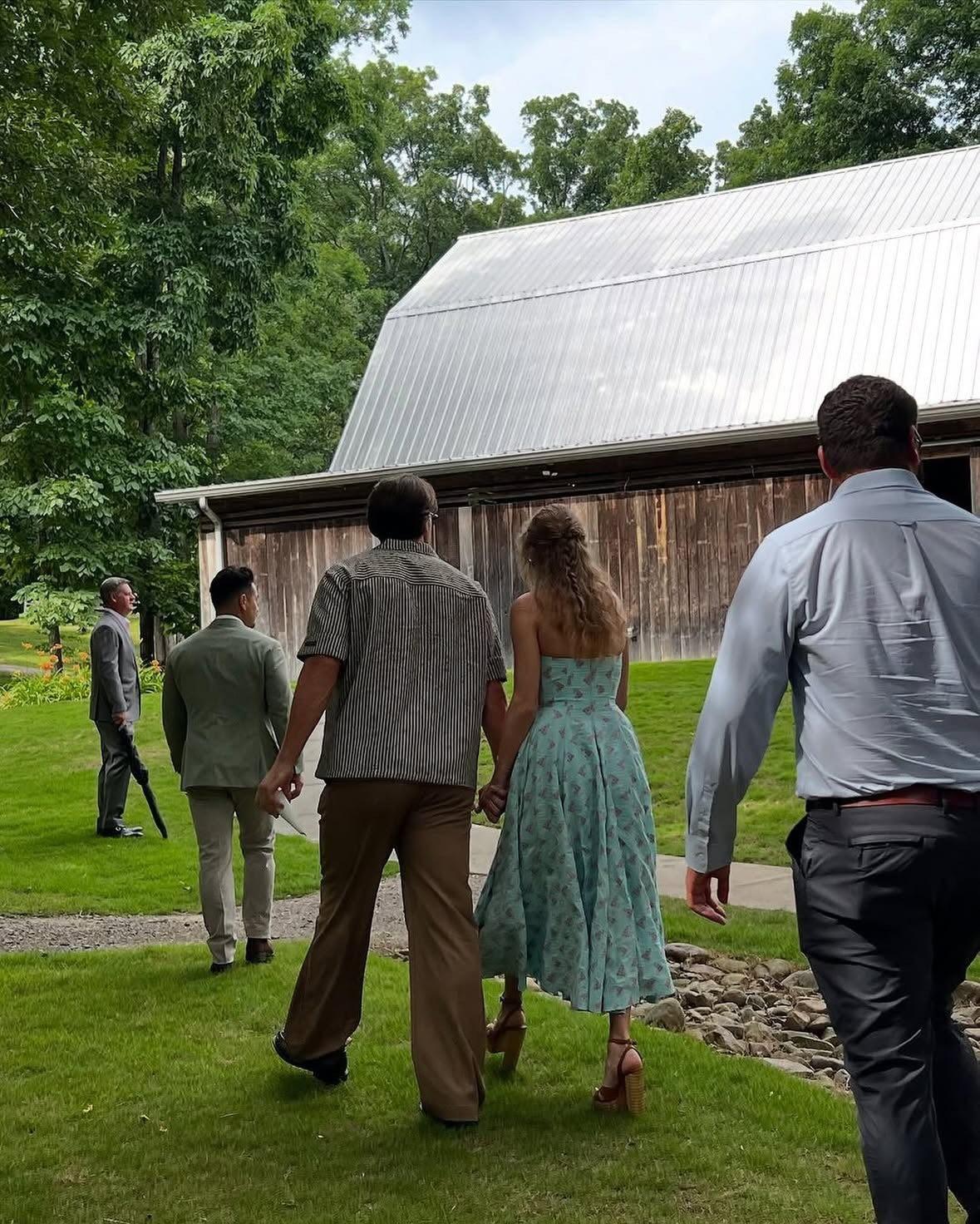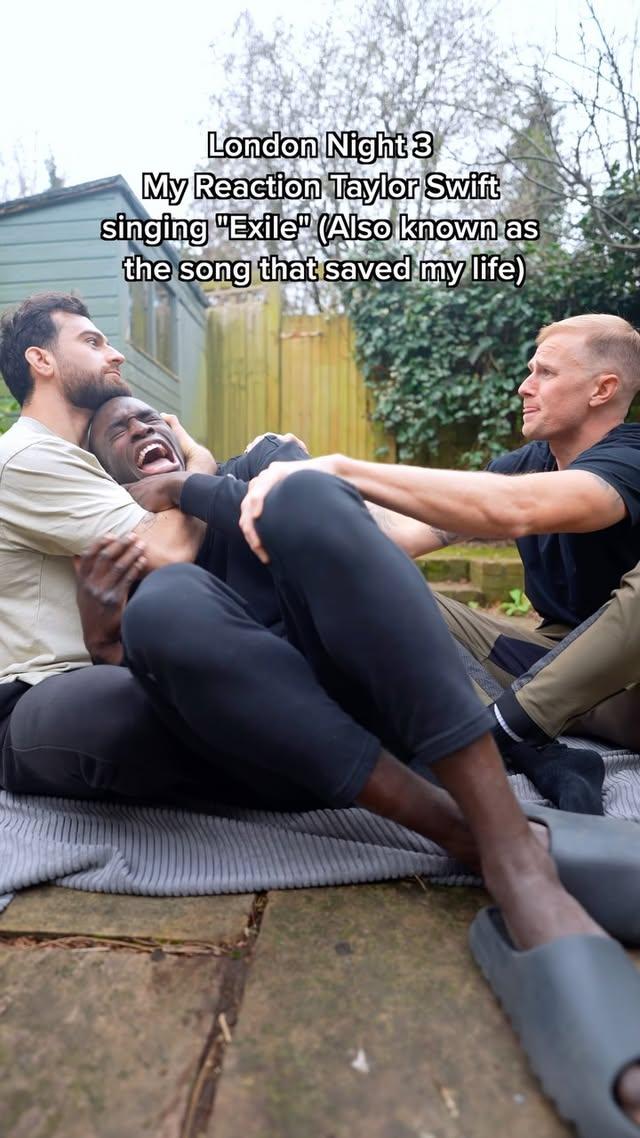**[WARNING: This article contains potentially triggering content relating to obsessive fandom and social media culture. Reader discretion is advised.]**

The air crackles with a specific kind of energy, a shimmering, almost hallucinatory intensity centered around one name: Taylor Swift. It’s more than just admiration; it’s a collective, undeniable, and frankly, bewildering obsession that has gripped a generation. We’ve been told this is a harmless, joyful hobby – a passionate love affair with music. But what happens when that love becomes a consuming force, warping perception, driving behavior, and ultimately, isolating individuals within a sea of shared, often contradictory, fervor?
The evidence is everywhere, plastered across every social media platform. The endless loops of the *Eras Tour* performances, obsessively dissected and re-watched, are more than just entertainment; they’re rituals. The meticulously curated playlists, painstakingly constructed around specific lyrics – phrases like “Down Bad,” “Getaway Car,” “I Don’t Wanna Live Forever” – are not simply musical selections; they’re emotional anchors, guiding points in a journey mapped out by shared anxieties and desires. The frantic attempts to decipher clues, to decode the messages hidden within the vault tracks of *Reputation*, exemplify a desperate need for control in a world where, frankly, agency feels severely diminished.

Consider the phenomenon of “Swifties,” individuals who treat Taylor Swift as a deity, a guide, and a mirror. The arguments erupt – the claims of environmental impact, the accusations of manipulating the music industry, the fierce battles over song interpretations—are often fueled not by genuine critique, but by a need to belong, to validate one’s own engagement within this closed, intensely passionate community. This is evident when she posts messages asking that someone be bewitched to fix her app. Or when she posts that she’s looking for the Taylor Swift’s favorite time, which is 2 am.
The push to reclaim Taylor’s masters represents something primal – a yearning for agency, a refusal to accept the loss of creative control. Every new release, every meticulously planned drop, triggers an instant, almost violent reaction, mirroring the patterns of desire and frustration within the obsessive cycle. The repeated references to the iconic lyrics – “I don’t wanna look at anything else now that I saw you,”– speak a profound, almost liturgical desire to immerse oneself completely within a world constructed around Taylor Swift.
Perhaps the most unsettling aspect of this phenomenon is the blurring of the lines between genuine appreciation and compulsive behavior. The urge to fix the app is a message sent out to a global audience, a question begging for an overwhelming and undeniable answer.
The quest for Taylor Swift is not merely about enjoying music; it’s about finding community, constructing identity, and wrestling with the anxieties of a world desperately seeking connection. It’s a paradox—a simultaneously blissful and profoundly unsettling experience, one that, judging by the sheer volume of engagement, shows no sign of abating.
**Don’t miss the full story, analysis, and exclusive insights at [Link to fictitious website]… Discover now!**



